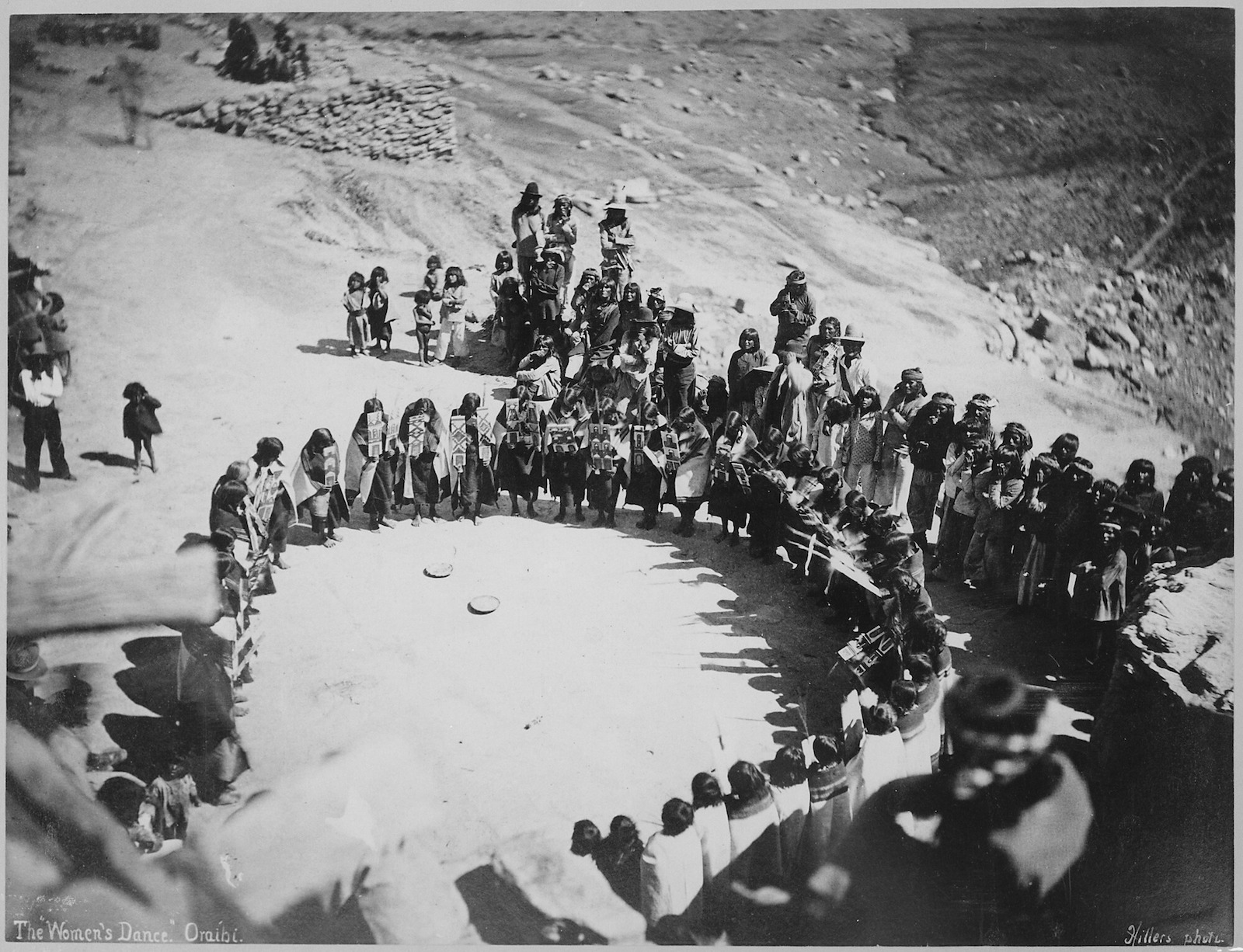Is matriarchy, as some would argue, an “inverted patriarchy” in which women rule over and dominate men? No; this is an inaccurate definition. In this excerpt, taken from Heide Goettner-Abendroth ‘s book “Matriarchal Societies: Studies on Indigenous Cultures Across the Globe,” she offers an alternative description based in existing matriarchal societies.
Matriarchal Societies: Studies on Indigenous Cultures Across the Globe
Matriarchies are true gender-egalitarian societies; this applies to the social contribution of both sexes-and even though women are at the center, this principle governs the social functioning and freedom of both sexes. Matriarchal societies should emphatically not be regarded as mirror images of patriarchal ones-with dominating women instead of patriarchy’s dominating men-as they have never needed patriarchy’s hierarchical structures.
Patriarchal domination, where a minority emerges from wars of conquest and takes over a whole culture, depends for is power on structures of enforcement, private ownership, colonial rule, and religious conversion. Such patriarchal power structures are a historically recent development, not appearing until about 4000-3000 B.C.E. (and many parts of the world even later) and increasing in strength throughout the further spread of patriarchy.
In light of this misunderstanding about the word “Matriarchy,” its linguistic background needs to be looked at more carefully.
We can challenge the current male-biased idea that matriarchy means “rule of women” or “domination by the mothers,” as these definitions are based on the assumption that matriarchy is parallel to patriarchy, except that a different gender is in charge. Because the words sound parallel, this fuelled the notion that the social patterns must be parallel.
In fact, the Greek word “arche” means not only “domination, “but also “beginning”-the earlier sense of the word. The two meanings are distinct and cannot be conflated. They are also clearly delineated in English: you would not translate “archetype” as “dominator-type,” nor would understand “archaeology” to be “the teaching of domination.” People who believe in the myth of universal patriarchy present this relatively recent form of society as if it had existed all over the world since the beginning of human history.
Hundreds of fictitious stories of this sort have been propagated by patriarchally-oriented theorists.
First of all, they are unable to see matriarchy through any other lens except the dominator pattern. Based on this misunderstanding, they search high and low for evidence of a matriarchy based on domination; when they find no evidence of any culture that conforms to their patriarchally-oriented hypothesis of domination by women, they proceed to assert that matriarchies do not now and never have existed. They invent a phantom culture, and then go looking for an example of it; then, because they cannot find any, they smugly proclaim that it was just a phantom.
This circular reasoning is not only illogical, it is a shameful waste of science.
Based on the older meaning of “arche’,” matriarchy means “the mothers from the beginning.” This refers both to the biological fact that through giving birth, mothers engender the beginning of life, and to the cultural fact that they also created the beginnings of culture itself. Patriarchy could either be translated as “domination by the fathers,” or ”the fathers from the beginning.”
This claim leads to domination of the fathers, because-lacking any natural right to claim a role in “beginning”-they have been obliged, since the start of patriarchy, to insist on that role, and then to enforce it through domination. Contrary to this, by virtue of giving birth to the group, to the next generation, and therefore to society, mothers clearly are the beginning; in matriarchy they have no need to enforce it by domination.
“Matriarchal Societies: Studies on Indigenous Cultures Across the Globe” by Heide Goettner-Abendroth. Translated by Karen Smith, 2013 Peter Lang Publishing, Inc.
Featured image: Hopi women’s dance, Oraibi, 1879.

